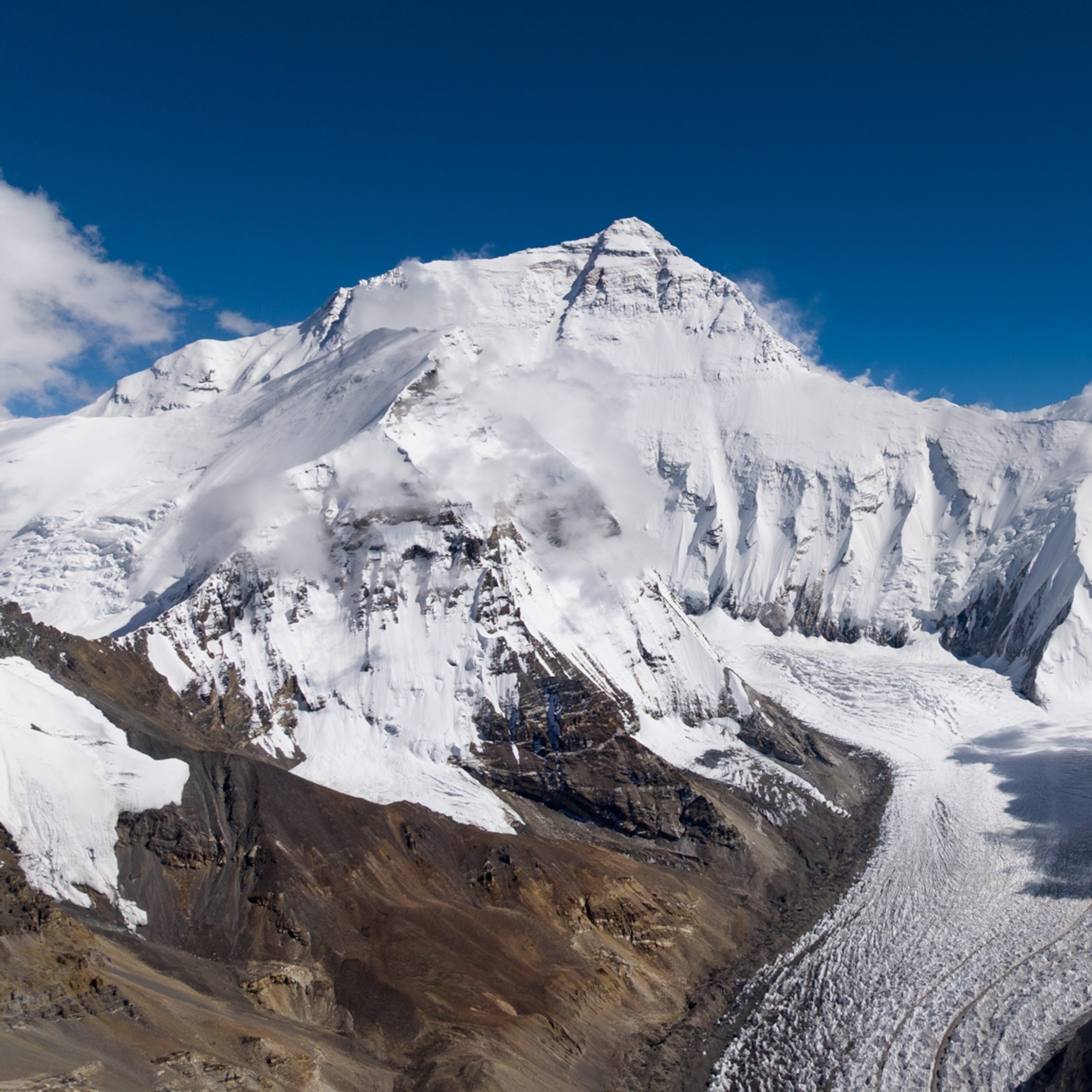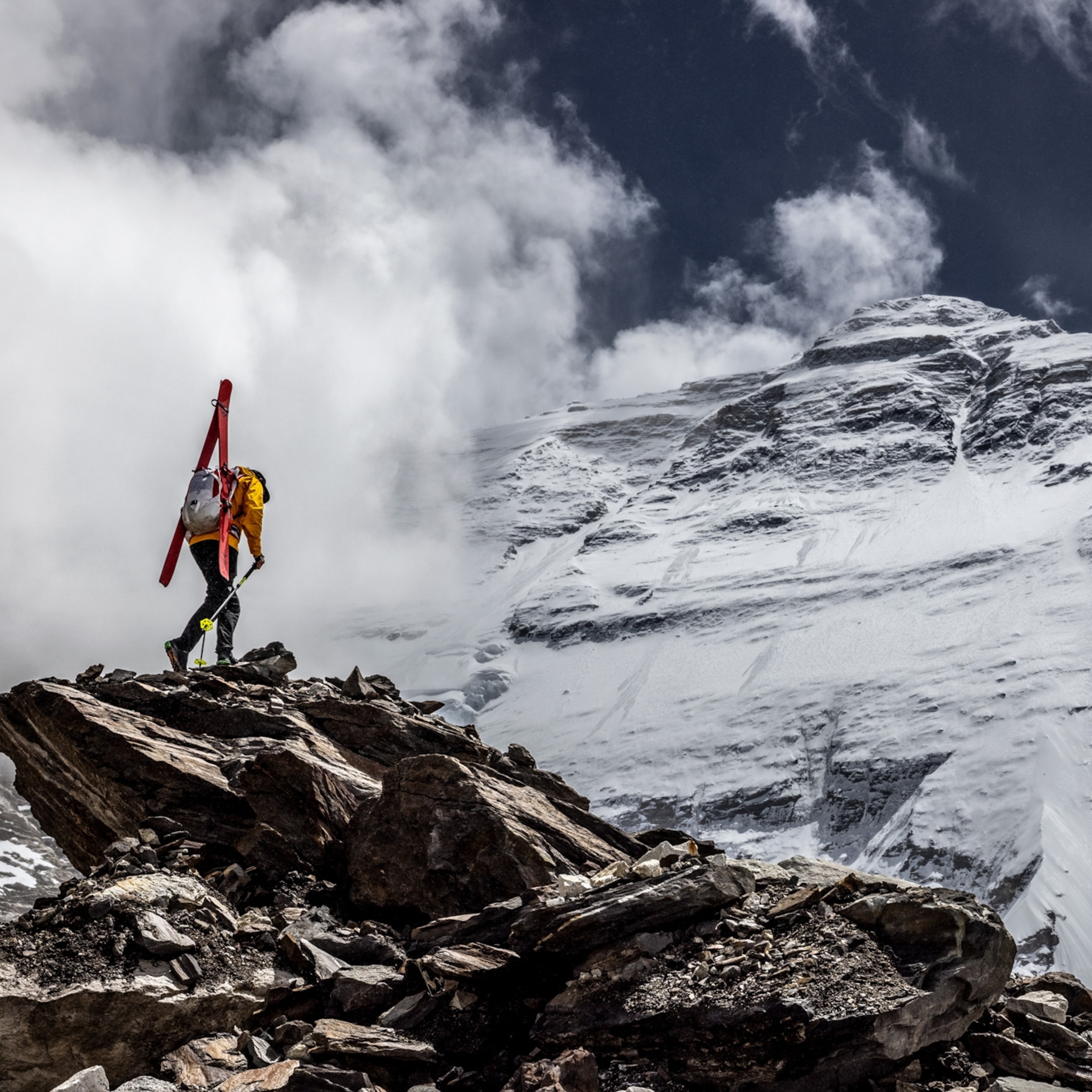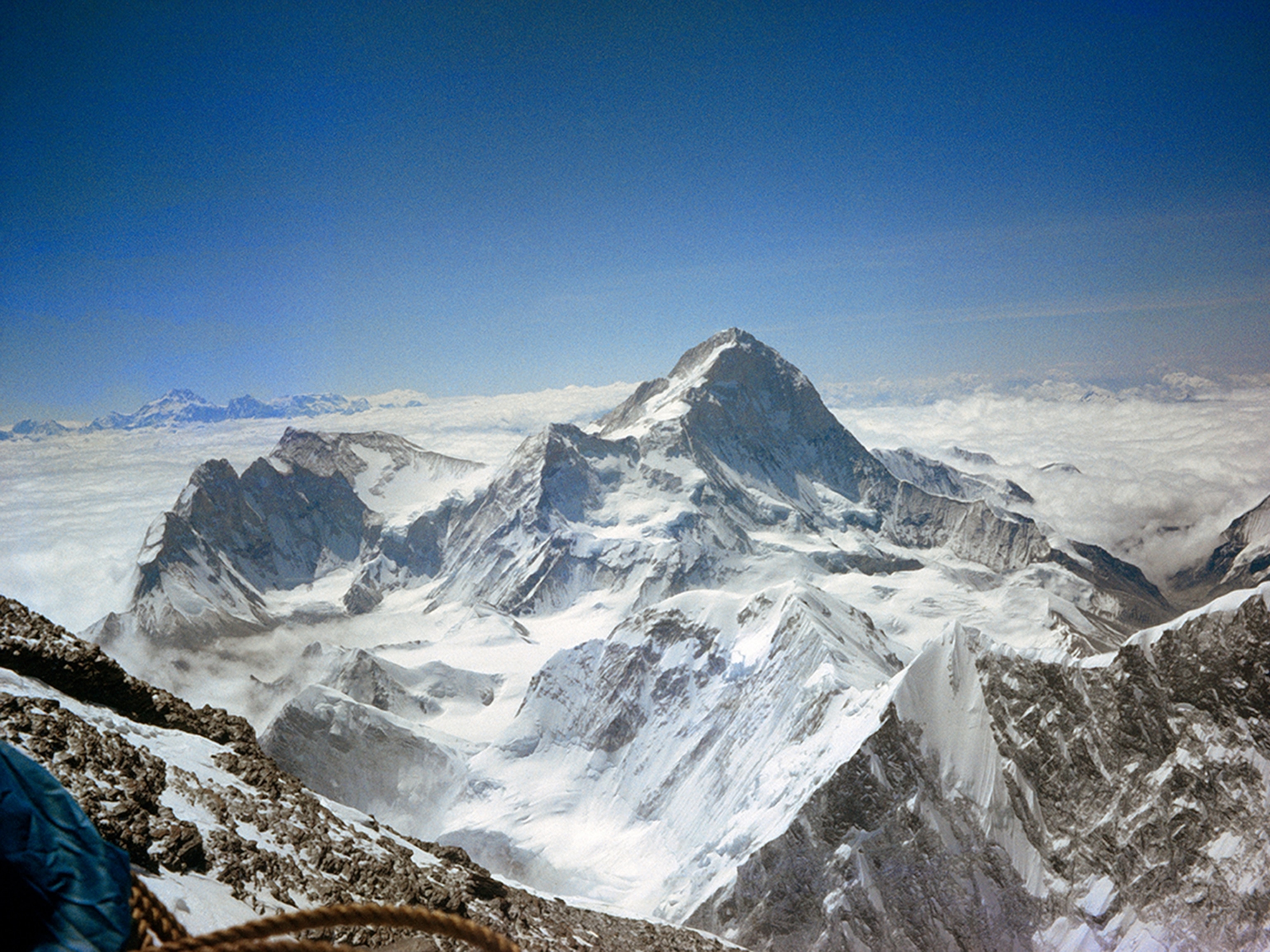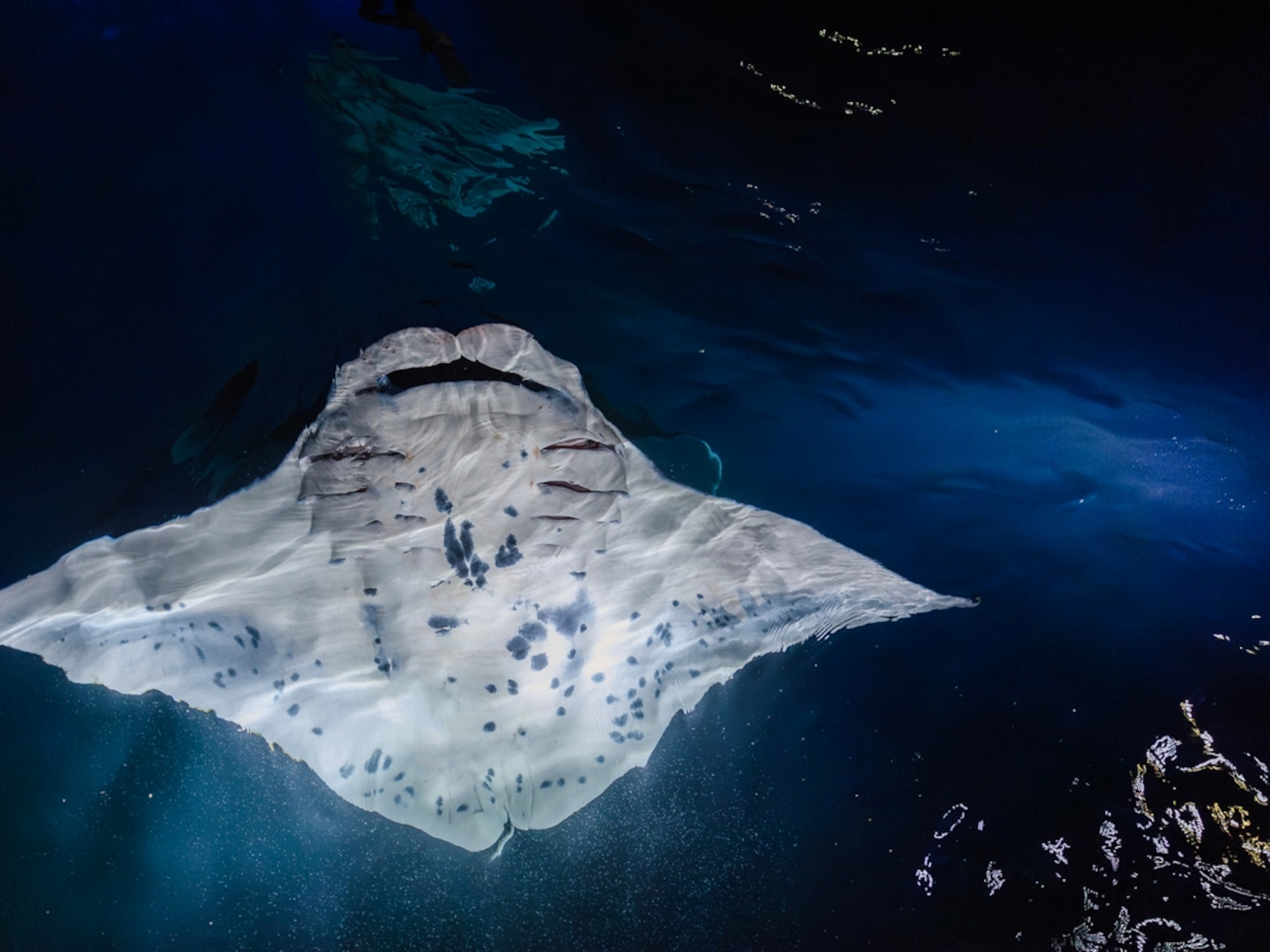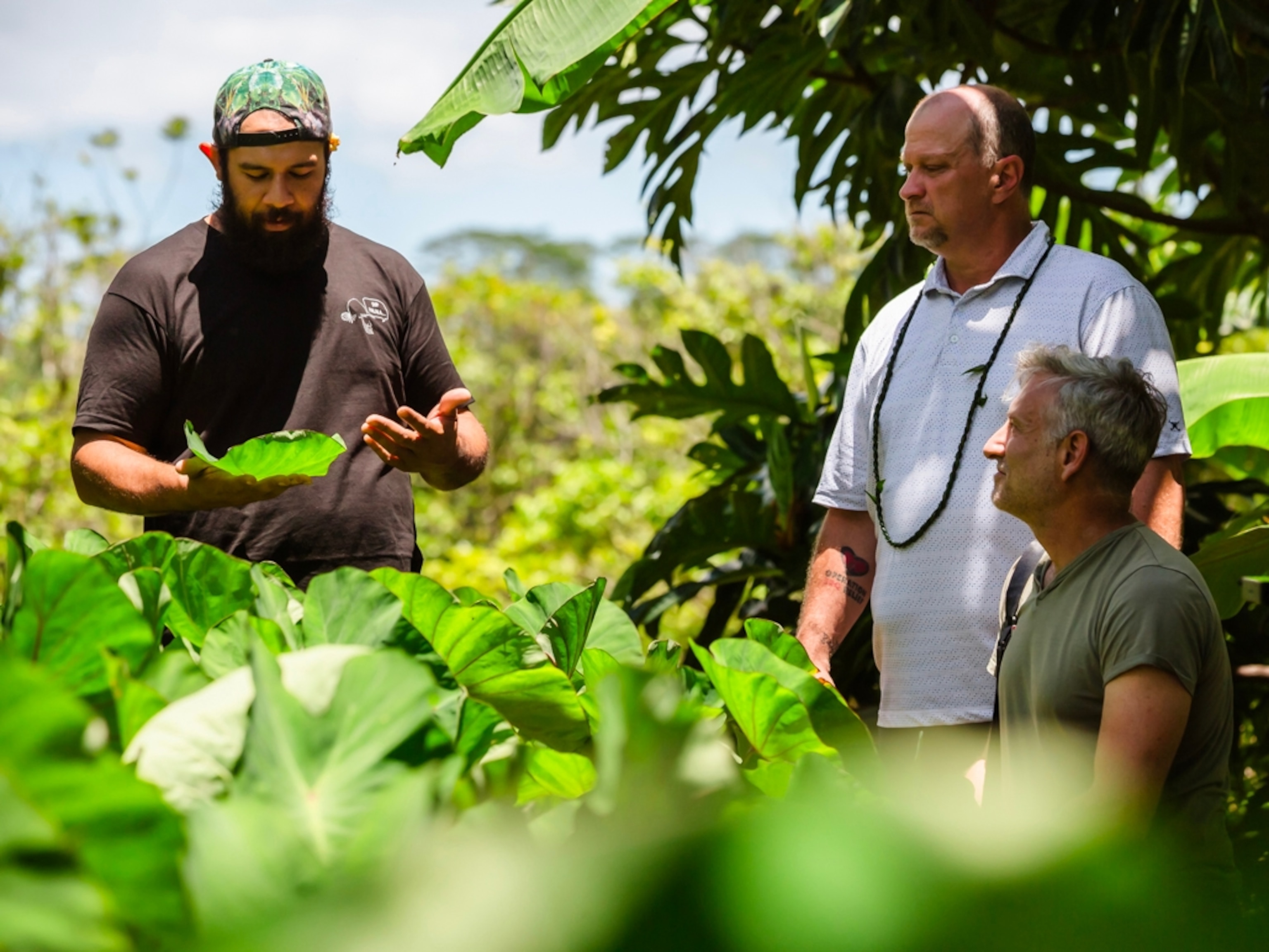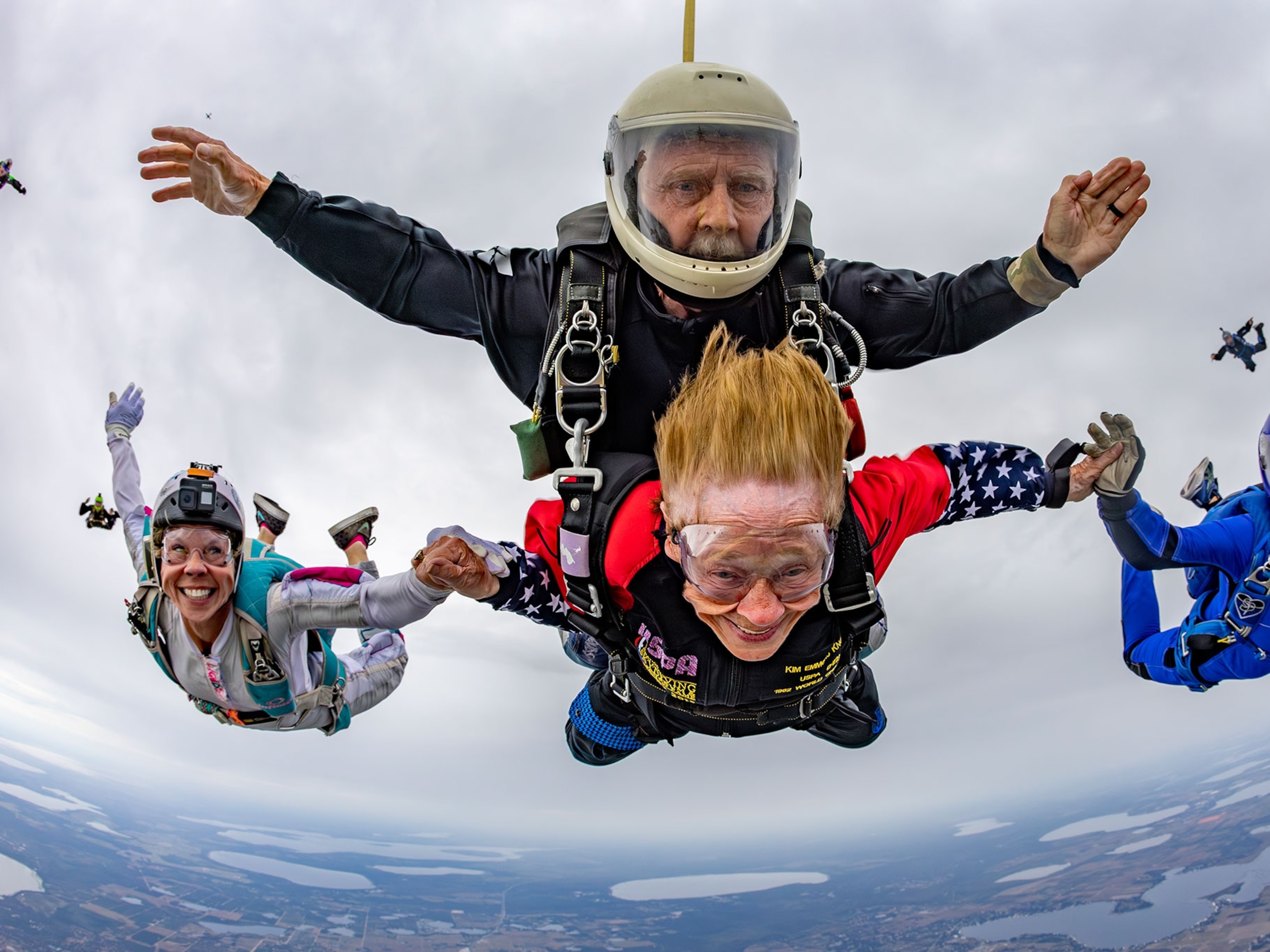
Pilots Face Frozen Fuel—and Worse—on Antarctic Rescue Flight
Two pilots currently on a risky rescue flight to the South Pole in winter must overcome freezing fuel, brittle machinery, and a treacherous landing.
As the Twin Otter flew into the Antarctic night in April 2001, its crew glimpsed a faint, wan glow emanating from the ground miles ahead. That glow came from a constellation of buildings and one massive Plexiglas dome at the South Pole Station. It was the first light that Sean Loutitt and Mark Cary had seen since taking off from a British research base nine hours earlier. They guided the Otter a few hundred feet over the ice; the temperature outside plummeted from minus 65°F to minus 90°F as the plane descended into a thin blanket of supercold air that rests on the Polar Plateau during winter. The ice below was gauzy and vague, too dim and dangerous to land on. But as the plane banked, a strip of groomed snow came into sight—the station’s runway—marked by a row of orange flickering lights. Preparations had been made for their arrival.
A line of fuel drums sat along the airstrip, each as big as a washing machine, filled with wood, doused with gasoline, and set afire. As the Otter’s skis touched down, Loutitt and Cary became the first pilots to land at the South Pole Station during winter.
They had flown there on an urgent mission: to evacuate a member of the station’s crew who had fallen dangerously ill. By the time they arrived on April 25, 2001, the sun had set a month earlier, marking the gradual onset of six months of polar winter night. The last plane had departed in February. Landing on flat terrain with a gentle four-knot breeze, as Loutitt and Cary did that day, may sound simple enough. But few things can be taken for granted in Antarctica—not even the strength of an aircraft’s metal frame.
“At those temperatures steel can break, it becomes almost brittle,” says Loutitt, who was chief pilot for Calgary-based Kenn Borek Air when he flew that rescue mission. “So you do have a bit of concern that at those extreme temperatures you don’t want to be too hard on the airplane. You want to be gentle.”
The challenges that Loutitt and Cary faced in 2001 will confront another Kenn Borek crew this week as they attempt to rescue another sick patient from the South Pole.
This week, as in 2001, the mission’s success will rest in large part on preparations: outfitting the plane with proper lubricants, and with high-quality fuel that contains no substances like water that could freeze the fuel lines. “If you have fuel that had a whole bunch of water in it, that would stop the engine pretty fast,” says Loutitt, who now oversees regulations, maintenance, and safety at another Calgary-based air carrier, Canadian North.
This week’s mission will be carried out by the same type of plane, a Twin Otter operated by Kenn Borek Air. Two such planes spent several days flying from Canada to Antarctica, via South America. As of Tuesday, June 21, both planes had landed at Rothera Research Station, a British base located 900 miles south of Punta Arenas, Chile. A single plane took off Tuesday morning on the final leg from Rothera to the South Pole, while the second waits behind in case it is called to rescue the first crew. If all goes according to plan, they may arrive at the South Pole by 5 p.m.
In order to complete that final, 1,350-mile leg, the Twin Otter will carry roughly 7,000 pounds of fuel, boosting its overall weight to around 17,000 pounds. “When they leave Rothera, the Twin Otter will be close to its maximum ferrying weight” for taking off, says Loutitt. Only after a few hours will the plane have burned enough fuel to be light enough so it can climb above 13,000 feet and safely cross over the Transantarctic Mountains, onto the Polar Plateau.
The plane’s two propeller engines will produce enough heat to keep themselves warm during the flight. After the flight crew takes an FAA-mandated sleep at the South Pole, each of the plane’s engines will be reheated using a massive, diesel-powered hot air blower. The engines themselves will be hot by the time they’re restarted—but, says Loutitt, “what you run into trouble with is the grease that’s lubricating the rest of the airplane.” This problem cropped up in 2001, he says.
As he and Cary prepared to take off from the South Pole, they found it hard to move the aircraft’s flaps. Prior to the mission, technicians had gone over the entire plane to remove greases that might harden at low temperatures and replace them with graphite-based lubricants less prone to hardening. But a remnant of that original grease, or some other factor, caused one of the cables controlling those flaps to freeze up. Improvising at the South Pole, the flight mechanic managed to pop off a ceiling panel inside the plane and dislodge the cable.
It wasn’t the only trouble experienced during those few hours at the bottom of the world. The South Pole Station crew also had trouble with an ostensibly simpler task: lighting up the runway so the plane could land. Extreme cold prevented the gasoline in the steel drums from forming vapor, making it nearly impossible to ignite.
Antarctica’s extreme environment complicates air travel even during summer season. This I learned firsthand during my first season on the ice, during the austral summer of 2007.
On November 18 of that year, a Hercules C-130 military transport plane landed us at Sipel Dome, a remote airstrip, 81 degrees south latitude, on the West Antarctic Ice Sheet. We remained strapped in our seats as the plane taxied on skis down the mile-long ice-way. Its rear hatch opened, showing a ramp large enough for a truck to drive in. A cargo pallet weighing 5,000 pounds slid down the ramp, onto the ice, and spun gracefully out of view behind us—followed, seconds later, by another. Even as the plane stopped to take on a few thousand pounds of fuel for the flight home, its engines never stopped. U.S.-operated Hercs fly all over Antarctica during summer, including the South Pole Station. But only in one location do they routinely shut down their engines: McMurdo Station, the main U.S. outpost on the coast, where equipment is on hand to reheat the 125,000-pound planes so they can restart their engines.
- National Geographic Expeditions
Cold isn’t the only problem, though. Even summer heat waves can snarl air traffic in Antarctica. This happened at McMurdo Station in January 2013, after a windstorm sprinkled dark dust from a nearby island onto the station’s ice runway. That dark mineral dust absorbed enough solar heat to melt the runways into slush, preventing Hercs from lifting off.
A Herc did finally manage to lift off a week later, depositing critical cargo at the field camp, on the West Antarctic Ice Sheet, where I was headed. But the plane barely made it back. First its skis were frozen onto the snowy ice sheet, preventing it from moving. Even after the crew shoveled it free, the soft snow prevented it from gathering enough speed to lift off. Four times the airplane zoomed down the ice runway, a process intended to lighten its load by incinerating 2,000 to 3,000 pounds of fuel. Once the plane made it into the air—assisted by six rockets strapped to its sides—it diverted course to the South Pole Station. Just lifting off, it had consumed so much fuel that it no longer had enough to return directly to McMurdo Station. Making a shorter flight to the South Pole, it would on-load enough fuel to complete its journey back to McMurdo.
Loutitt remembers one thing vividly of his return journey from the South Pole to Rothera Station in 2001: For half the flight, he and Cary flew into a perpetual sunrise—a dim streak of red light, painted across the northern horizon. The sun itself never came into view, but its waning rays were visible from a height of 15,000 feet, clinging to the edge of the curving Earth, for several hours before they landed back at Rothera.
As the current Kenn Borek crew flies to and from the South Pole this week, they will encounter a deeper winter—late June rather than late April—darker and colder than what Loutitt and Cary faced in 2001.
Loutitt is optimistic about their prospects. In 2003, two years after that first winter evacuation, he made a second winter flight for Kenn Borek Air, down to the South Pole to retrieve another ill person. “This is the third time in the winter season that they’re headed down,” he says—and you always learn something. “So I think this time they should not have any of those kinds of issues.”
